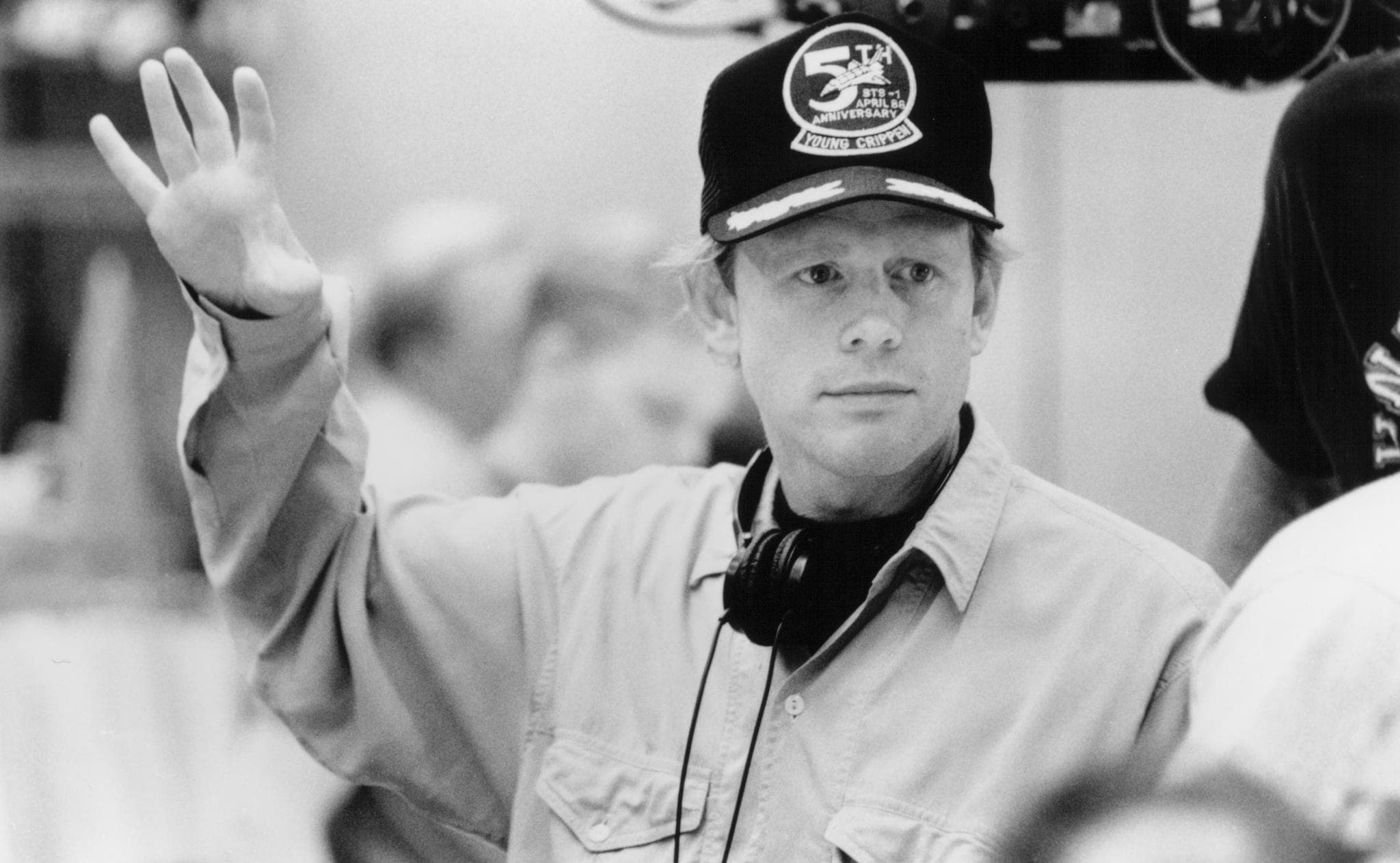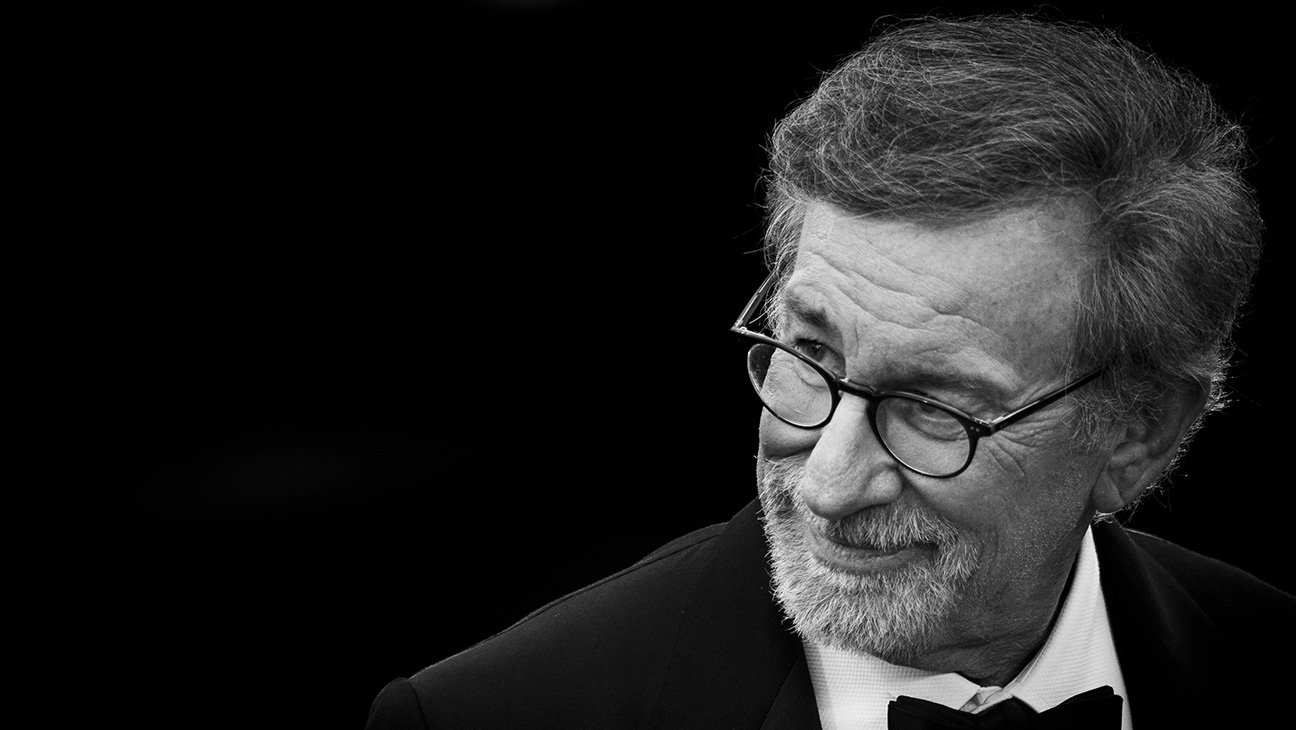When the indie movie, I Killed My Mother screened and received an eight-minute standing ovation at the Director’s Fortnight program of the 2009 Cannes Film Festival, the delegates and press were more curious about its debutante director. They showered a lot of questions over him while following the 19 years old wherever he went, and that was the beginning of his “wonder kid of world cinema” life for French Canadian filmmaker Xavier Dolan.
Ever since his momentous debut at the Cannes, Dolan’s style and movies have been a regular topic on the critics’ dissection tables and his movies like Mommy and It’s Only The End of the World are considered as important works of the 21st-century world cinema. In this short but comprehensive video essay, Dolan’s style and thematic influences are anatomized in detail. It inquiries into why Dolan is considered as a chronic formalist irrespective of the thematic concerns and why does he go as far as an ornamental freak when it comes to formal decisions.
Almost all Dolan characters are struggling to strike a chord with the external world and people around them, a result of their erratic nature. In concordance with this volatile nature of his central characters, Dolan’s narratives take crazy and unexpected turns shut characters from the viewers by tracking shots from behind, speed variations, and unsettling interventions of surrealist dreamy sequences.
As an auteur, Dolan has designed an exclusive visual language to represent and interpret the desires, anxieties, and insecurities of characters who are always going through transitional states and predicaments. When Mommy, his fifth film, shared the jury prize at Cannes in 2014 with Jean-Luc Godard’s Goodbye to Language, Dolan’s auteur had been cemented and the curiosity over formal and thematic adventures is on a high.
Written By: Ragesh Dipu




